Whilst I feel for our more northern Queenslanders, and would hate to experience the full fury of a cyclone, such weather events usually make for great frogging opportunities. And so for three nights I got out and about looking for several species in particular, but in particular to find the Sandy Gungan (Uperoleia fusca) for just a second time.
The first evening I headed up to Mt. Mellum, where several landholders in the area have been taking on re vegetation of their properties, most of which were old cattle paddocks. Prior to cattle and extensive tree clearing these areas were home to mountain rainforest. Below is a ‘photographical’ summary of what I heard and saw with Melissa and Ian, who both own two properties there.


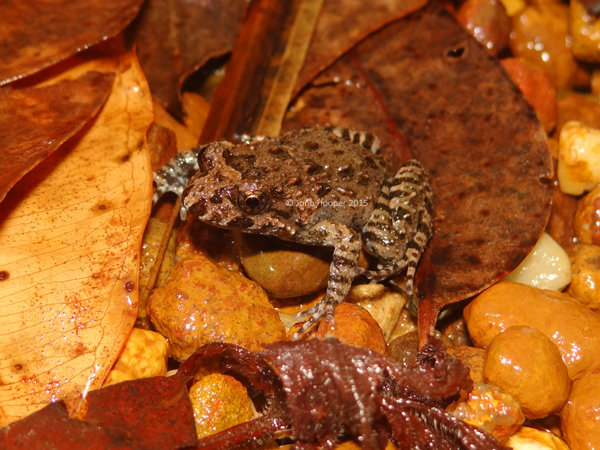
Other frogs we found were Bleating Treefrogs and Graceful Treefrogs, whilst hearing Great Barred Frogs too.
The following evening, Josh joined me for a trip up to Maleny. I’d been to this dairy farm turned farm-stay accomodation several times before, however the many resident Bleating Treefrogs (Litoria dentata) had always been quiet. Tonight was different. Congregated around a small, cattle-trodden dam were dozens of these frogs; almost as plentiful as the Eastern Sedgefrogs (Litoria fallax) and two Emerald-spotted Treefrogs (Litoria peronii) – all of which were calling!

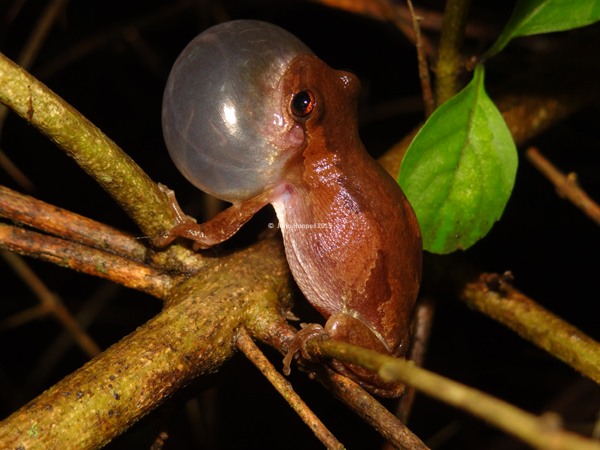



As exciting as it was around this little dam, we still hadn’t come across a Sandy Gungan. Once we’d pulled ourselves away from the action, we headed to another spot closer to town where I thought I’d try for this species. Small farm dams and soaks appear to be favourable habitat for Sandy Gungans.
Can you see it?
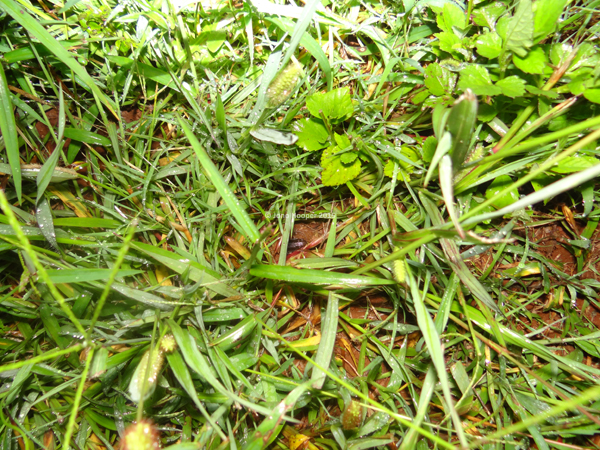
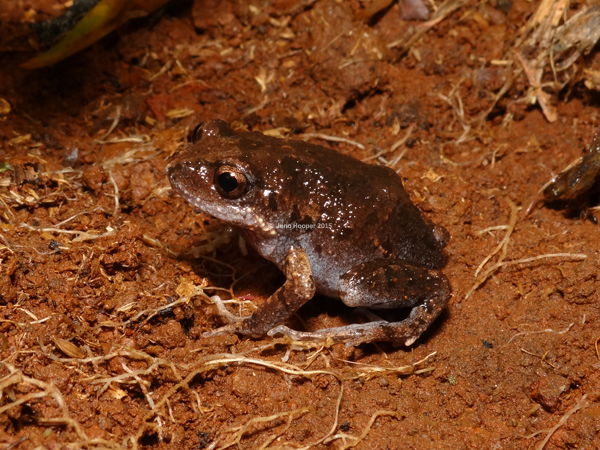
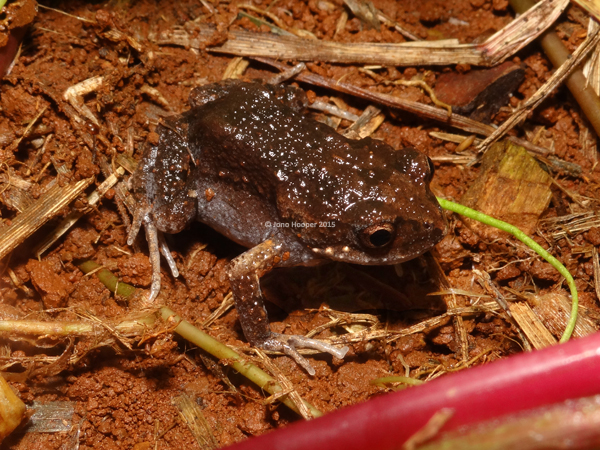
The next evening Brittany tagged along with me (another very keen frogger) to do some frogging in wallum/heathland for acid frogs at Mooloolah River National Park. This proved to be a pretty good night as most of the frogs we found were new finds for Brittany.
This fellow just happened to be out in the middle of the sandy walking track. Every other time you can spend up to an hour searching for them amongst leaves, grass, anything else they can hide amongst.

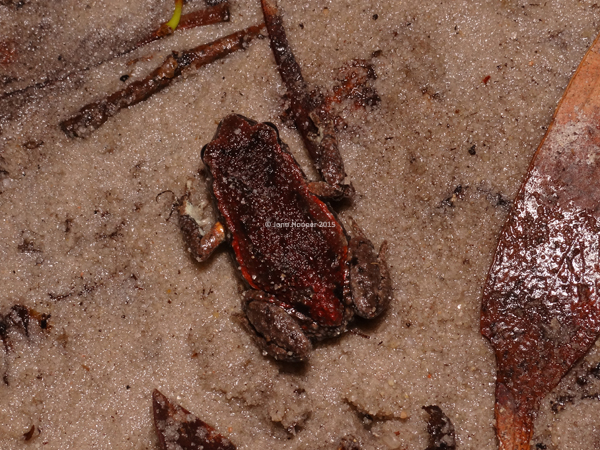
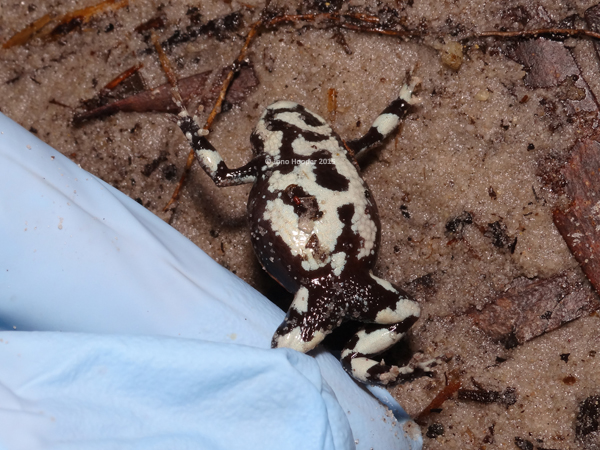

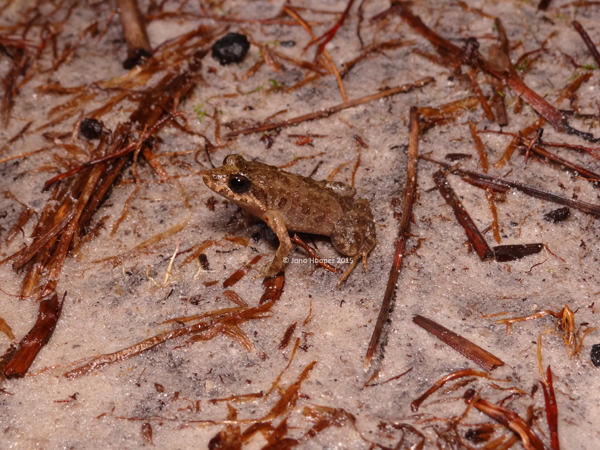


There are two things I most enjoy when frogging; finding a species I haven’t seen before and frogging with another frogger that finds a species they haven’t seen before.
It’s a frogger thing.

